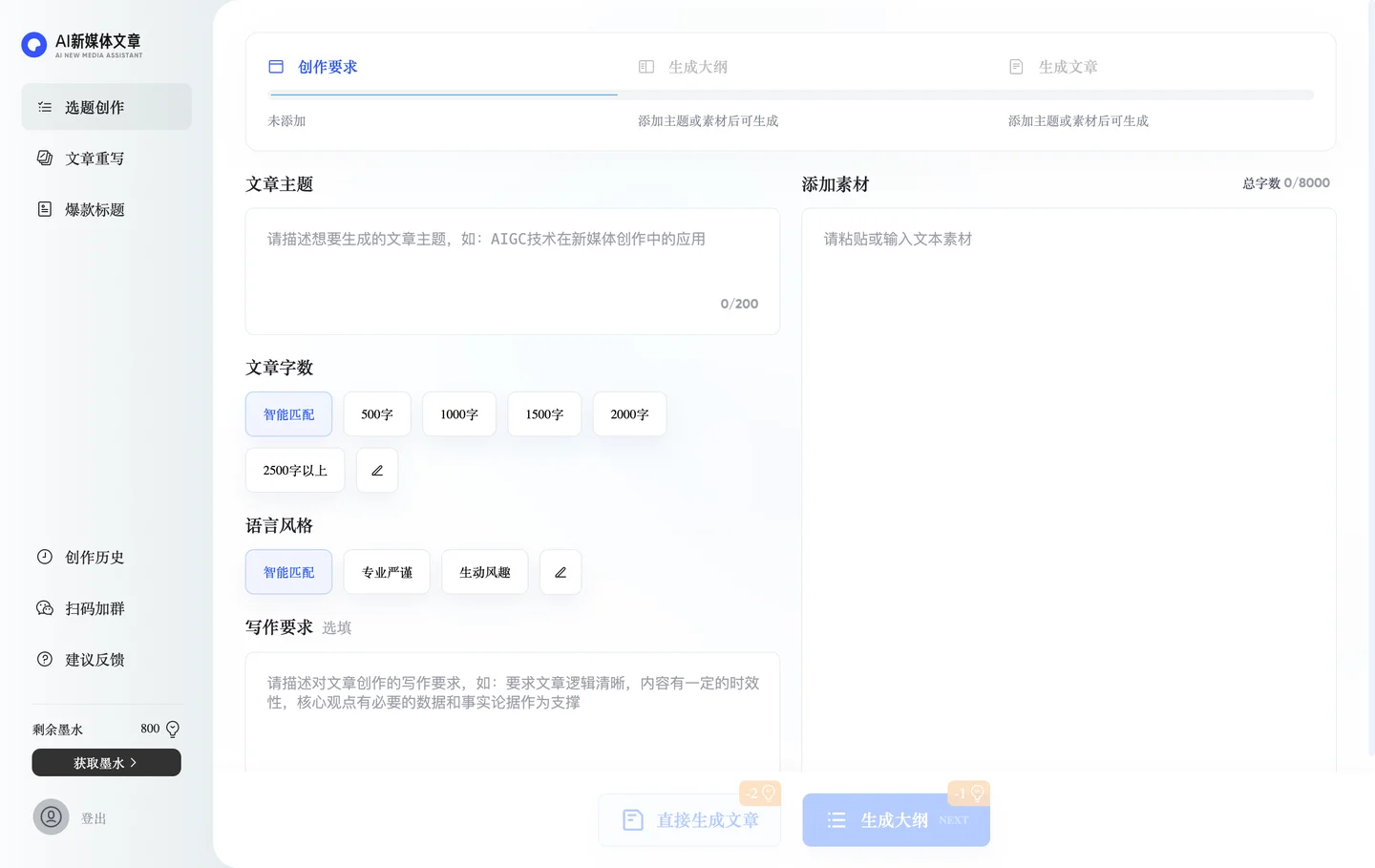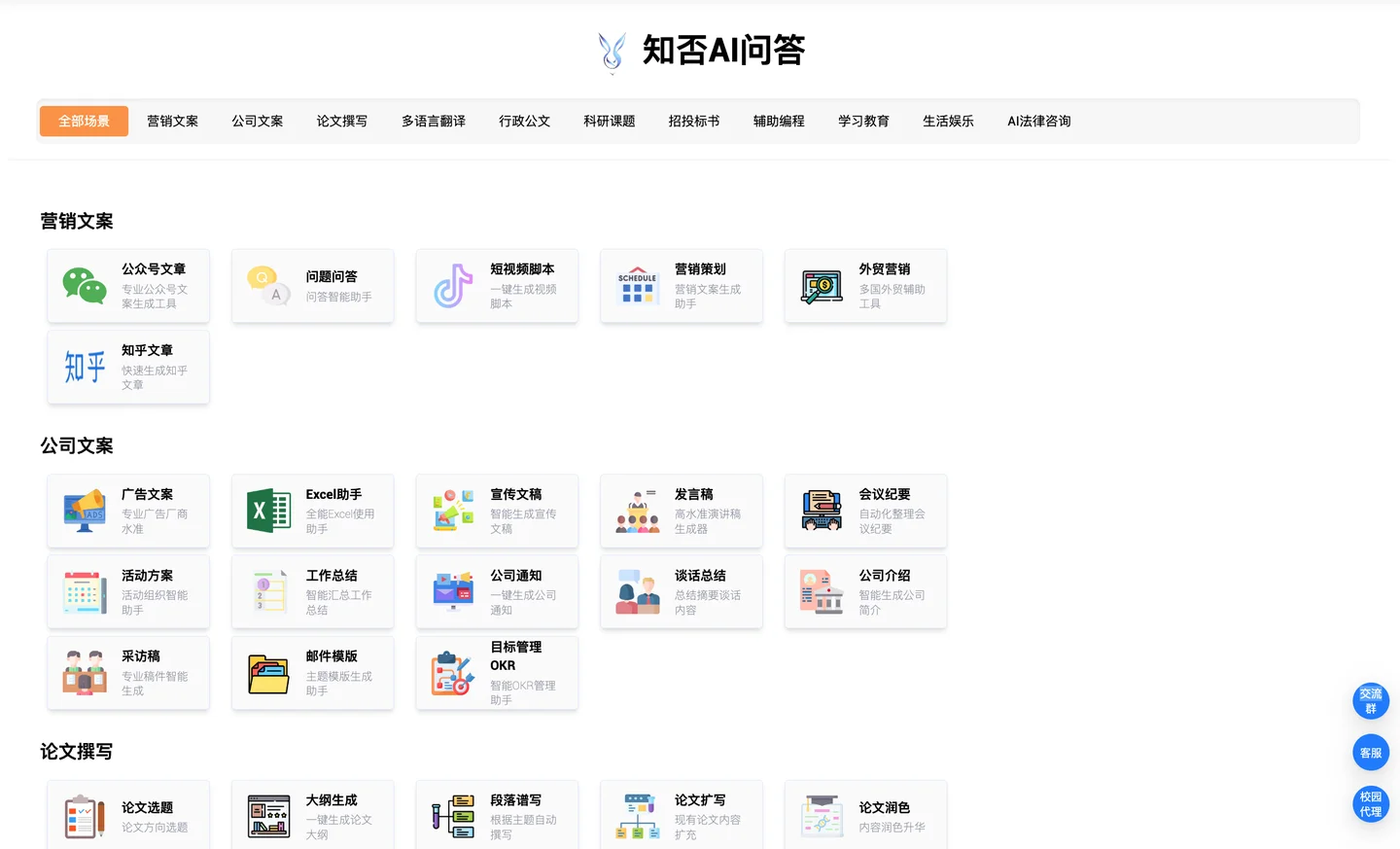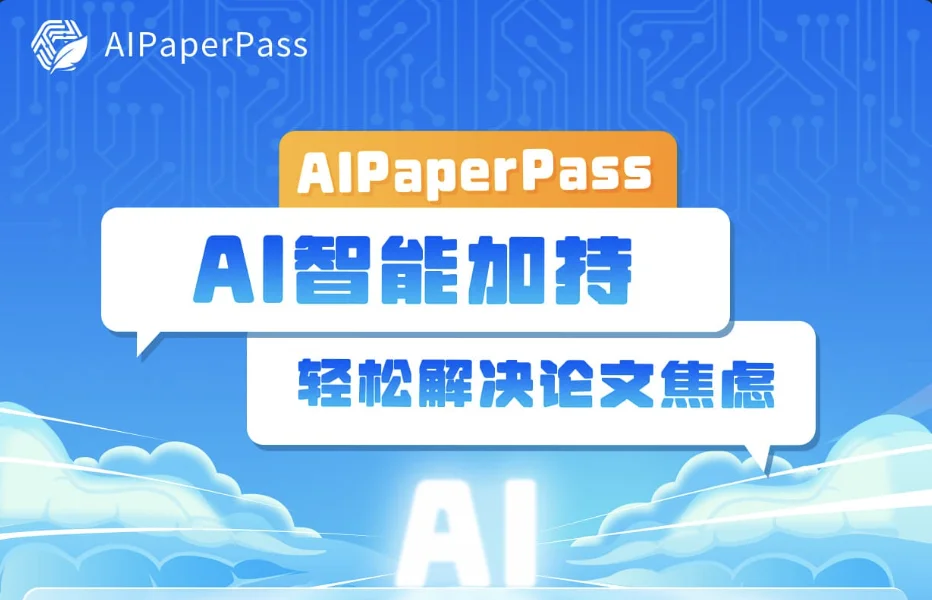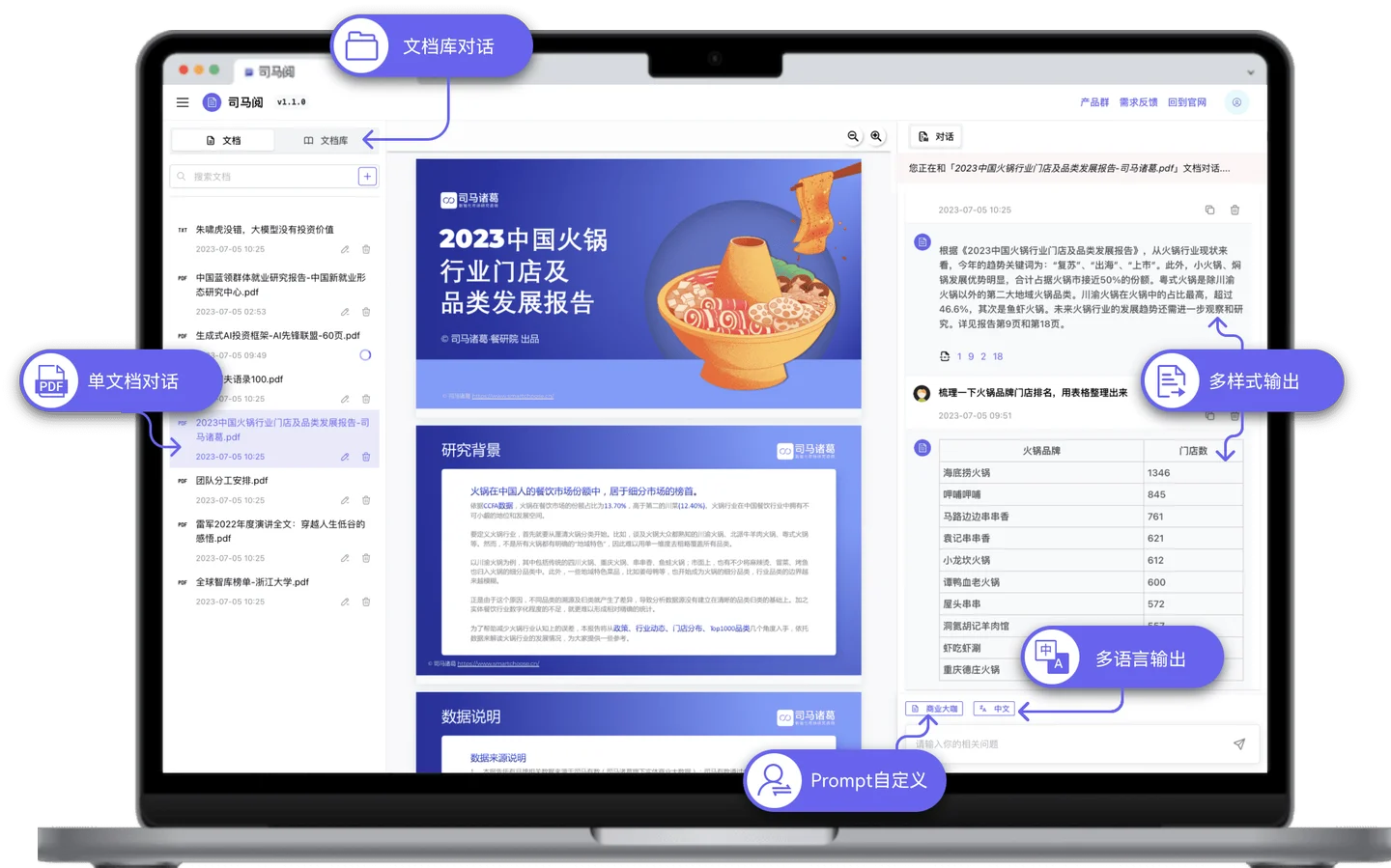Navigating the landscape of AI-powered tools can be daunting, but one name stands out for its potential and usability – ChatGPT by OpenAI. ChatGPT can revolutionize the way you engage with visitors on your website, providing around-the-clock support and personalized responses.
![Download Now: 100 ChatGPT Prompts for Marketers [Free Guide]](https://www.phpcms9.com/uploads/202401/15/5b7295a84cc212e4.png)
In this guide, we'll explore the step-by-step process of supplementing your website with ChatGPT. Whether you're a seasoned developer or just venturing into the realm of AI, we've got you covered with detailed explanations and tips for getting started.
Are you ready to elevate your website's interactivity and user experience to the next level?
Understanding ChatGPT and ChatBots
You‘ve probably heard of AI chatbots, but ChatGPT is a different beast. Crafted in the digital forges of OpenAI, ChatGPT is built on the Generative Pretrained Transformer (GPT) model, which is a fancy way of saying it’s really, really good at understanding and responding to human language. And it‘s not just good — it’s continually improving, with GPT-4 as its latest and greatest version.
ChatGPT uses the power of AI to process and respond to prompts or queries with an understanding of context and language subtleties. It‘s like having a conversation with a human, except it’s available 24/7 and never needs a coffee break.
So why, you ask, should I use this AI to help enhance my website? Here are a few reasons to consider:

- 24/7 Customer Support: Your customers‘ questions don’t sleep, and with ChatGPT-powered chatbots, neither does your support. Round-the-clock assistance? Check.
- Instant Responses: Long wait times? Not on ChatGPT's watch. Your visitors get answers instantly, leading to happy customers and high-five worthy customer satisfaction scores.
- Scalability: Whether it's one customer or a hundred, ChatGPT handles interactions with the same ease. Say goodbye to the frantic scaling of your customer support team.
- Personalization
- Before we dive into the process of integrating ChatGPT, there are a few technical essentials you need to take care of. In essence, the goal is to ensure that your website has the necessary structure and requirements in place.Step 1: Obtain API Keys from OpenAI
The first step to getting ChatGPT up and running on your website is to obtain API keys from OpenAI. These keys serve as the bridge between your site and the ChatGPT service, enabling communication and data exchange.
Here's how you can get your hands on those API keys:
Create an account on the OpenAI website.
Once your account is set up, navigate to the ‘API Key’ section.
Follow the prompts to create a new API key.
Securely store this API key — you'll need it for the integration process.
Step 2: Technical Requirements and Considerations
Integrating an AI chatbot like ChatGPT requires a certain level of technical proficiency and understanding of your website‘s backend. Here’s what you need to have in place:
Once you have the API keys and understand the technical requirements, you‘re all set to start the ChatGPT integration process. In the next section, we’ll discuss where to place ChatGPT on your website for maximum impact.
Where to Integrate ChatGPT on Your Website

Now that we‘re all geared up technically, let’s talk strategy. Where you place ChatGPT on your website can significantly influence your user experience and interaction rates. Your chatbot placement should be strategic and intuitive to encourage meaningful user engagement.
- Here are some prime spots you might want to consider for your ChatGPT:
- Homepage
- : It's usually the first page users land on, making it an excellent spot for your ChatGPT. It can greet users, offer help, and guide them through your site.
- Product Pages
: ChatGPT can be a virtual sales assistant, answering product-related queries, providing recommendations, and even assisting with purchases.
Support Pages
: This is an ideal place for ChatGPT to shine as a 24/7 customer service rep. It can answer FAQs, offer troubleshooting tips, and direct users to additional resources.
Contact Page
: A chatbot on this page can provide immediate assistance, giving users a faster alternative to emailing or calling customer service.
Checkout Page
- : ChatGPT can help reduce cart abandonment by promptly addressing concerns or confusion during the checkout process.Remember, the goal is to make interactions with ChatGPT as seamless and beneficial as possible for your users. Strategic placement combined with customization can create a powerful tool that enhances your website's user experience.
- In the next section, we'll get down to the nitty-gritty — the step-by-step process of integrating ChatGPT onto your website.How to Integrate ChatGPT on Your Website
- We‘ve talked about what ChatGPT is, why it’s valuable, how to prepare for its integration, and where to place it on your site. Now, let's get down to the business of actually integrating this AI powerhouse into your website.Since all websites are a little different and there are a lot of factors that go into integrating ChatGPT into your website, we'll provide a high-level overview of the steps below.
- Step 1: Setup OpenAI's ChatGPT APIWith your OpenAI API key in hand, you‘re ready to set up the ChatGPT API. Here's one way to do it using a Node.js server.
- In this example, I'm performing a language translation using the Davinci Codex engine. The first line imports the Axios library and the second line calls your API key.Lines 3-16 make a POST request to a specified endpoint in the OpenAI API (or the URL: https://api.openai.com/v1/engines/davinci-codex/completions). This request includes a "prompt" for translation and a parameter (max_tokens) to limit the amount of text that the chatbot will generate.
剩下的代码告诉系统如果请求成功该做什么,如果不成功该如何处理错误。在这种情况下,如果它& # 39;s成功的第17-19行将接收翻译后的文本并将其记录到控制台。如果有& # 39;如果出现错误,第20-22行会阻止请求的执行,并将错误记录到控制台。
步骤2:连接到API
下一步是连接到API。这需要设置一个服务器端的路由来调用ChatGPT API并返回响应。
幸运的是,上面提供的代码是一个很好的起点。从替换& # 34;your-API-key-here & # 34;用你真正的OpenAI API密匙。在这里,您可以创建一个服务器端函数,从您的站点向API发出请求。

第三步:在你的网站上添加chat GPT & # 39;的后端
要将ChatGPT添加到您网站的后端,您需要设置一个向API发出请求的服务器端函数。该函数将负责向ChatGPT发送用户输入并接收响应。
完全披露:有很多方法可以实现这一步,我可能会写一篇关于这部分设置的完整文章。为此,我们& # 39;我们将向前跳一点,向您展示代码的样子,一旦您& # 39;我已经为您的服务器选择了一个端口,并定义了一个调用OpenAI API的路由。
步骤4:为聊天机器人创建一个前端
有了后端设置,你& # 39;我需要为你的聊天机器人创建一个前端。这包括设计聊天界面和编写交互性脚本。在这里,您可以使用HTML、CSS和JavaScript的组合。
下面的代码笔提供了一个基本的代码供您使用。注意,聊天机器人在& # 34;结果& # 34;选项卡将不会正确响应,因为它没有连接到OpenAI API。
步骤5:测试集成
As with any AI tool, it's essential to keep ChatGPT updated and continually improve its performance based on user interactions and feedback. This ensures that it remains an effective and valuable tool for your users.
By customizing and continually improving your ChatGPT, you can ensure that it not only fits seamlessly into your brand but also offers a truly engaging and helpful tool for your users. In our final section, we'll cover key tips and best practices to help you get the most out of your ChatGPT integration.
Final Thoughts
You‘re now armed with the knowledge to integrate and optimize OpenAI’s ChatGPT on your website. From understanding the what and why of ChatGPT, to gearing up for its integration, choosing the right spots on your site, following a detailed integration guide, and finally, learning how to customize and optimize it — we've covered some serious ground.
Remember, the ultimate goal of integrating ChatGPT is to enhance user experience, offer around-the-clock customer support, and provide your users with personalized and engaging interaction. But the most beautiful part about AI is that it‘s a journey of continuous learning and improvement. Keep analyzing your users’ interactions with ChatGPT, seek feedback, and regularly optimize to ensure it remains a valuable asset to your website.
With the backend setup, you'll need to create a frontend for your chatbot. This includes designing the chat interface and scripting the interactivity. Here, you can use a combination of HTML, CSS, and JavaScript.
The CodePen below provides a basic code for you to use. Note that the chatbot in the "results" tab will not respond properly since it is not connected to OpenAI API.
Step 5: Test the Integration
Finally, after you‘ve set up the backend and frontend, it’s important to test the integration thoroughly. This ensures that the chatbot responds correctly to user inputs and that the interface works as intended.
Remember, integrating ChatGPT into your website is a process that might require some fine-tuning and patience. But the result is a powerful, AI-driven tool that can enhance user engagement and satisfaction on your website. So keep going, and in the next section, we'll talk about how to customize your ChatGPT for the best user experience.
Customizing ChatGPT for Optimal User Experience
Congratulations! You‘ve integrated ChatGPT on your website. But the journey doesn’t stop there. To truly leverage the potential of ChatGPT, you need to customize it to match your brand‘s tone and cater to your audience’s needs. Here's how you can optimize your ChatGPT for a better user experience.
1. Train ChatGPT with Your Business-Specific Data
One of the key strengths of ChatGPT is its ability to learn and adapt. By training it with your business-specific data, you can improve its understanding of your products, services, and customer queries. This ensures that it can provide accurate and helpful responses to your users.
2. Customize the Language and Tone
The language and tone of your ChatGPT should reflect your brand's personality. If your brand is more formal, ensure your ChatGPT reflects that in its responses. If your brand is more laid-back and casual, your ChatGPT should be too. Remember, consistency is key in branding!
3. Personalize User Interactions
ChatGPT can deliver personalized experiences based on user's previous interactions, preferences, and behaviors. Leverage this to offer personalized product recommendations, provide helpful information, and create a more engaging user experience.
4. Regularly Update and Improve
As with any AI tool, it's essential to keep ChatGPT updated and continually improve its performance based on user interactions and feedback. This ensures that it remains an effective and valuable tool for your users.
By customizing and continually improving your ChatGPT, you can ensure that it not only fits seamlessly into your brand but also offers a truly engaging and helpful tool for your users. In our final section, we'll cover key tips and best practices to help you get the most out of your ChatGPT integration.
Final Thoughts
You‘re now armed with the knowledge to integrate and optimize OpenAI’s ChatGPT on your website. From understanding the what and why of ChatGPT, to gearing up for its integration, choosing the right spots on your site, following a detailed integration guide, and finally, learning how to customize and optimize it — we've covered some serious ground.
Remember, the ultimate goal of integrating ChatGPT is to enhance user experience, offer around-the-clock customer support, and provide your users with personalized and engaging interaction. But the most beautiful part about AI is that it‘s a journey of continuous learning and improvement. Keep analyzing your users’ interactions with ChatGPT, seek feedback, and regularly optimize to ensure it remains a valuable asset to your website.







